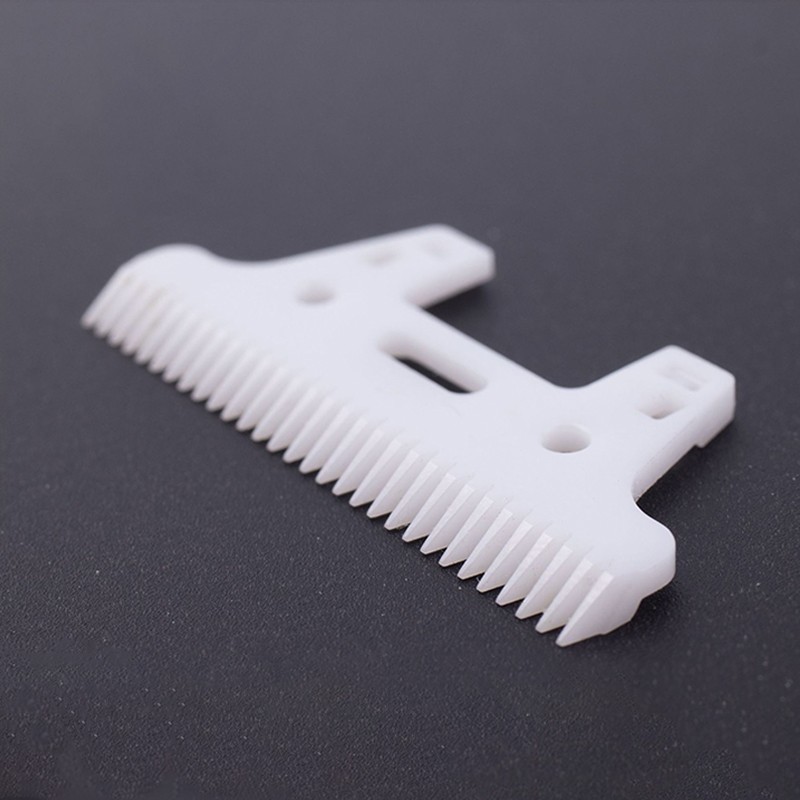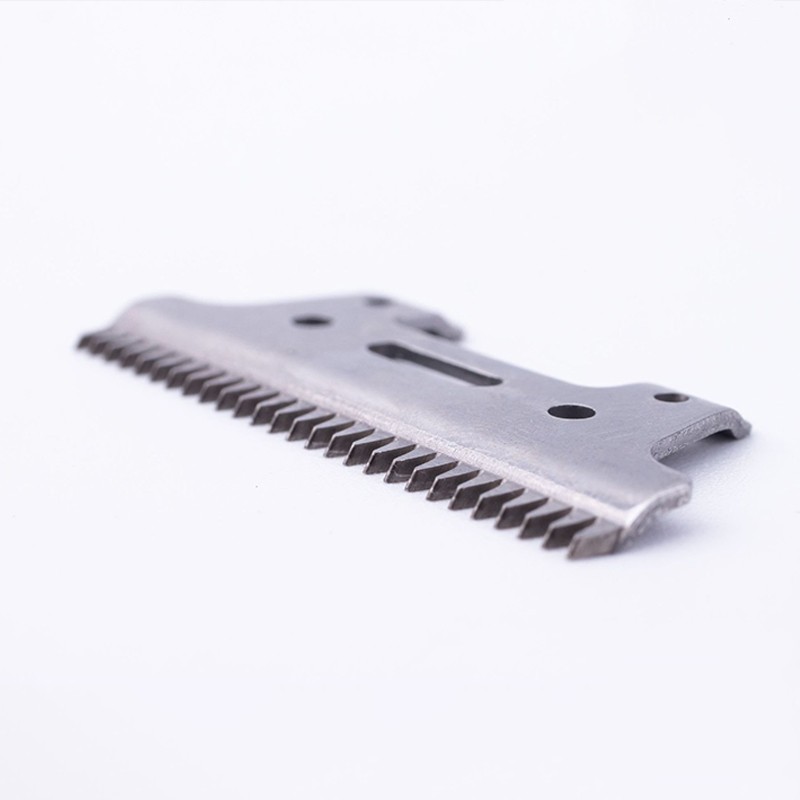In the realm of blades, a timeless battle rages on – the clash between ceramic and steel.
Whether in the heart of your kitchen, on store shelves, or within the walls of factories, the choice between these two blade materials is a matter of practicality and personal preference. Today, we embark on a journey to unravel the virtues and shortcomings of ceramic and steel blades, ultimately helping you make an informed choice for your cutting needs. Ceramic, with its exceptional hardness and long-lasting sharpness, beckons as an affordable and sharp option, while steel, revered for its versatility and durability, stands as the tried-and-true choice in many scenarios. Join us as we delve into the world of blades, dissecting the pros and cons of each material and guiding you towards the perfect edge for your cutting endeavors.
Ceramic Blades:
Pros:
- Exceptional Hardness:
– Ceramic ranks high on the MOHs scale of hardness, with a score of 8.2.
– Significantly harder than steel blades (4-6 on the Mohs scale).
- Long-Lasting Sharpness:
– Ceramic blades maintain their sharpness for extended periods.
– Outperform steel blades in terms of sharpness.
– With proper care, ceramic blades can last up to 10 times longer than steel blades.
Cons:
- Brittle Nature:
– Ceramic blades are prone to chipping and breaking, especially in industrial use.
– Fragile and must be handled with care to avoid damage.
- Limited Versatility:
– Not suitable for all cutting tasks due to their fragility and difficulty in sharpening.
– Best for chopping and dicing but not recommended for heavy-duty use.
Steel Blades:
Pros:
- Versatility:
– Steel blades are versatile and can handle a wide range of cutting tasks.
– Suitable for cutting various materials, including industrial materials like plastic, cardboard, and rubber.
- Durability:
– Steel blades are highly durable and resistant to breaking.
– Less prone to chipping, making them a reliable choice for regular use.
Cons:
- Susceptible to Corrosion:
– Steel blades can rust when exposed to moisture, acid, salt, or improper maintenance.
– Requires regular cleaning and maintenance to prevent corrosion.
- Odor Retention:
– Steel blades tend to trap food odors over time, affecting the knife’s scent.
– This issue is absent in ceramic blades.
Final Verdict:
– Choosing between ceramic and steel blades depends on your intended use.
– Ceramic blades are affordable, sharp, and suitable for home kitchens and chemical-sensitive environments.
– Steel blades are ideal for professional chefs and industrial workers due to their sharpness and durability.
– Consider your specific needs and preferences when selecting the right blade material.
Conclusion:
– The choice between ceramic and steel blades involves a trade-off between hardness, sharpness, durability, and versatility.
– Understanding the advantages and disadvantages of each material is crucial in making an informed decision.



